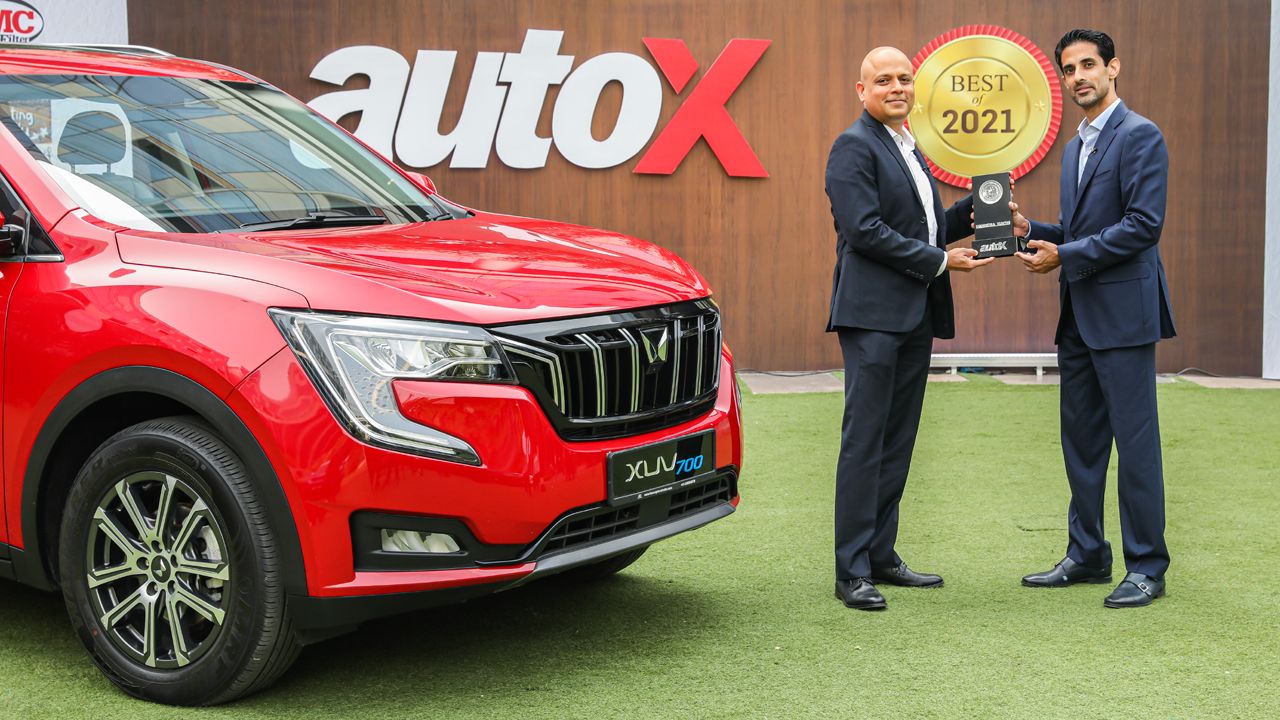
Were you surprised by customer response to the XUV700, and how can you tackle the issue of deliveries when you’re facing a semiconductor shortage?
The response has been absolutely mind-blowing. We’ve received close to 75,000 bookings so far. In fact, we got the first 50,000 in just about three hours. And it was so exhilarating and exciting to be in the room while these orders were coming in. You should have seen the mood in the office when this was happening. Given the response, we’ve tied up with one of the Big Three consulting firms, and we’ve used various parameters to come up with an algorithm that ensures a fair and equitable delivery for our consumers. The entire ecosystem at our organisation is working hard to ensure that everything falls into place and we’re able to deliver vehicles as soon as possible.
One of the big surprises is that people who were looking at buying products that are even a segment or two higher than this are saying, ‘why would I go there when I’m getting everything that higher segments offer in this particular vehicle, at a very palatable price point?’ So, we’re seeing people downshift from significantly higher segments to this particular product.

The XUV700 has ADAS, among a number of advanced safety features. But we’ve seen even the most expensive cars that you can buy in the Indian market, trip up sometimes when it comes to their emergency braking and other active safety features because our roads are so chaotic. How do you see this technology playing out in a more practical sense on our roads?
One of the things to understand is that ADAS is not a replacement for the driver. What it does is that it enables you to drive better; it enables you to drive more comfortably and it enables you to drive more safely. Now, one of the first things that you must understand for the XUV700 is that our ADAS is slightly different from what you get with some of the other vehicles in the Indian marketplace – in the sense that our ADAS has been tuned with extensive testing on Indian roads to recognise some of the unique actors on our roads. So, you could have various situations. For example, you could have a two-wheeler, and a regular ADAS could be, let’s say, engineered or geared to identify the two-wheeler. But a two-wheeler with possibly two cans of milk at the back, it’s not geared to identify. But we have over 15,000 running hours in India, and that’s a large number of kilometres covered – where we have used this opportunity just for refining and tuning our ADAS to recognise some of the unique actors that could differ from the regular actors that you see outside of India. And this is an ongoing process. But at least what we have is the intent and the team at work to keep improving the recognition of these actors with respect to our local conditions.
From an EV standpoint, what does the future look like for Mahindra?
It’s looking bright. As you know, we have a strong presence in EV in the LMM (Last-Mile Mobility) segment as of now. We have stated in multiple forums that we will have a presence even in the PV segment. And, as per our recent announcement, we will be launching 16 EVs by 2027 – of which eight will be PVs and eight will be CVs.
Real Driving Emissions (RDE) regulations kick in from April 2023. So what happens to diesel going forward, especially considering that diesel is a strong pillar for the brand?
There may be a shift, but we don’t expect a significant shift. Because, even if you take a look at Europe as a market, where this has been implemented in the past, we don’t see a significant shift that has happened to the overall construct of the market. Yes, you would have alternate fuels coming in, and we are cognizant of the fact that alternative fuels would grow. But, even if you look at the current guidelines, and you look at the norms that we have in India, you will find the market evolving into a mix which will be amongst diesel, gasoline, as well as new-age fuels. I don’t see diesel disappearing as such any time soon.
Read more:
























Write your Comment